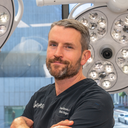I think you may be able to have a nice result without doing a lift.




